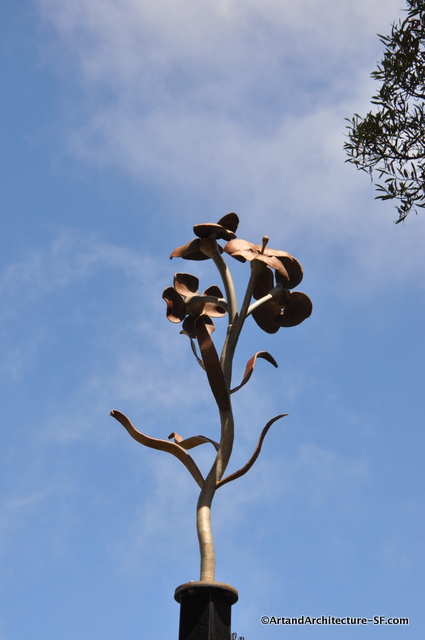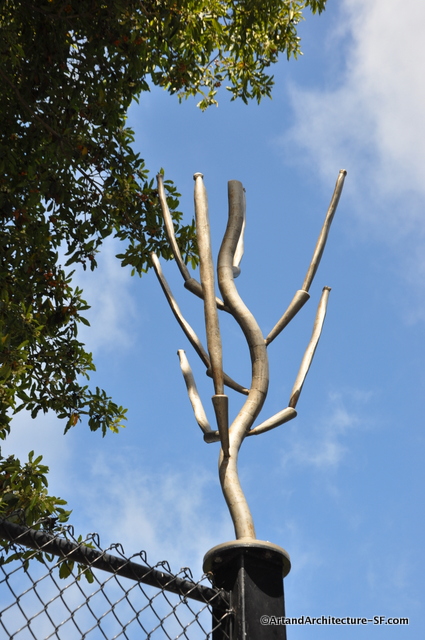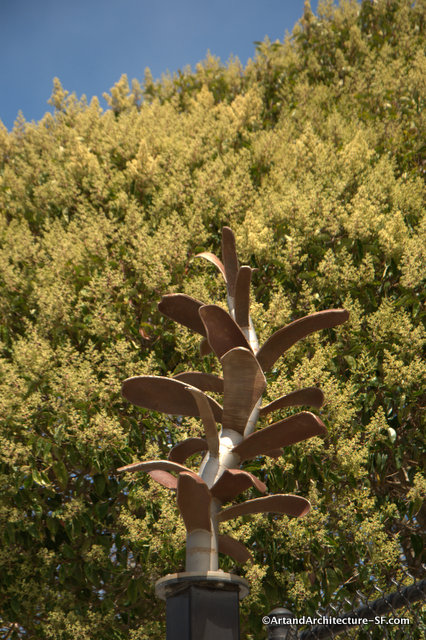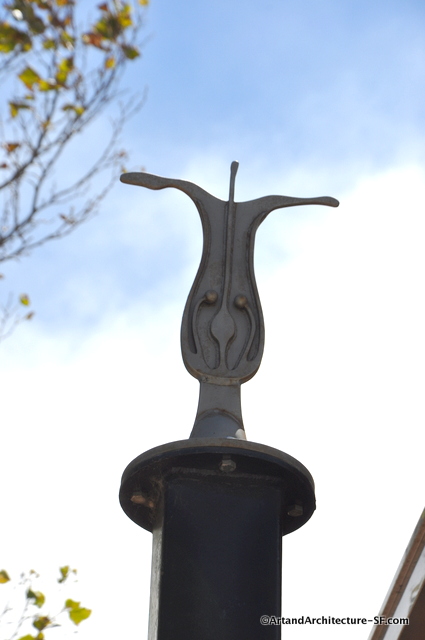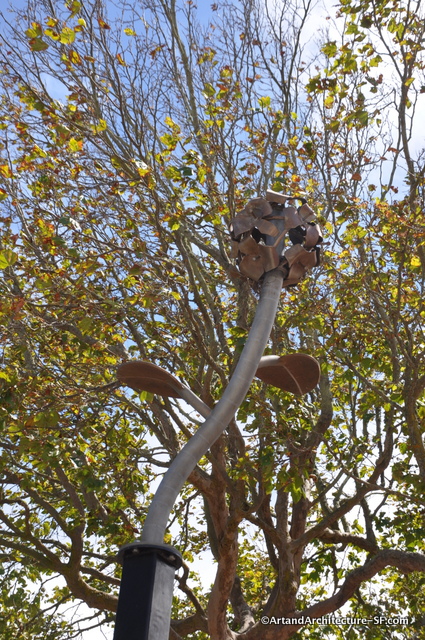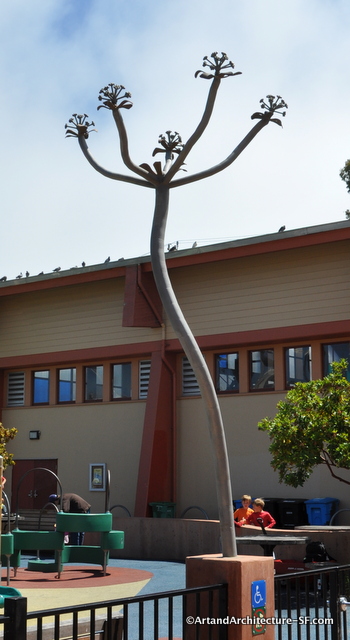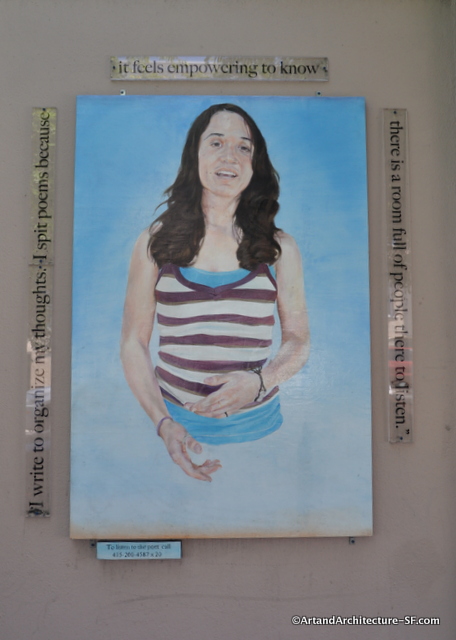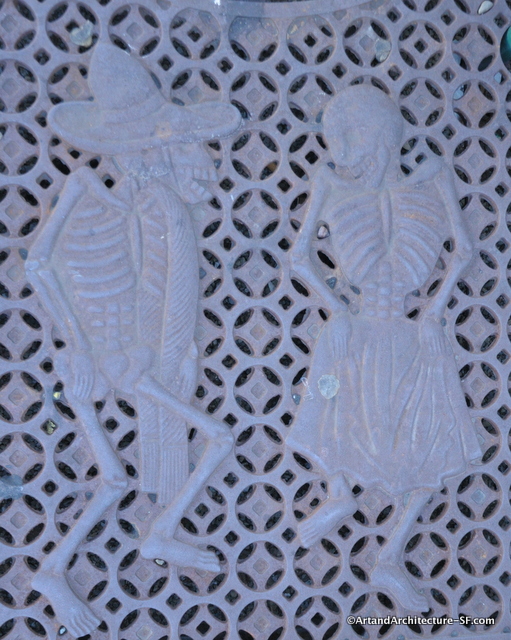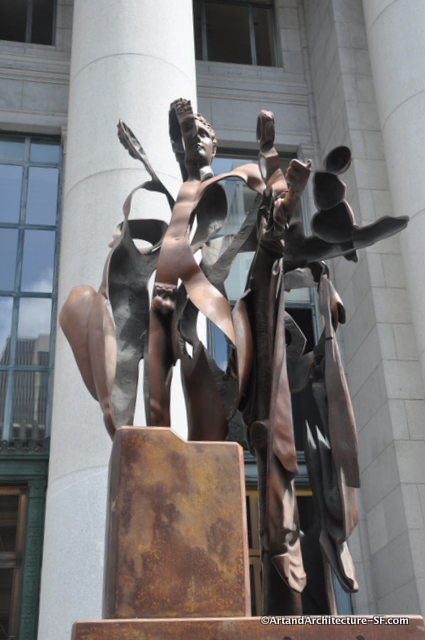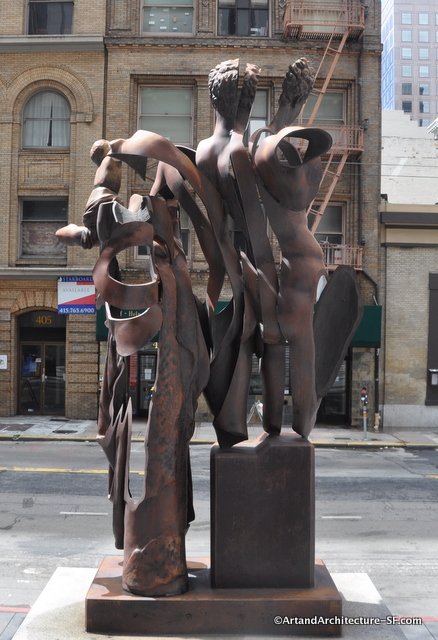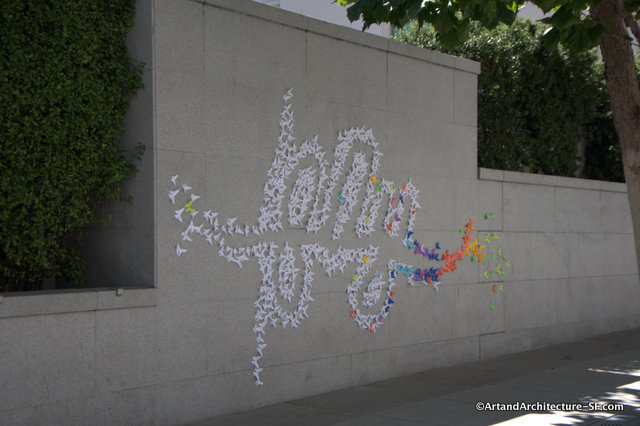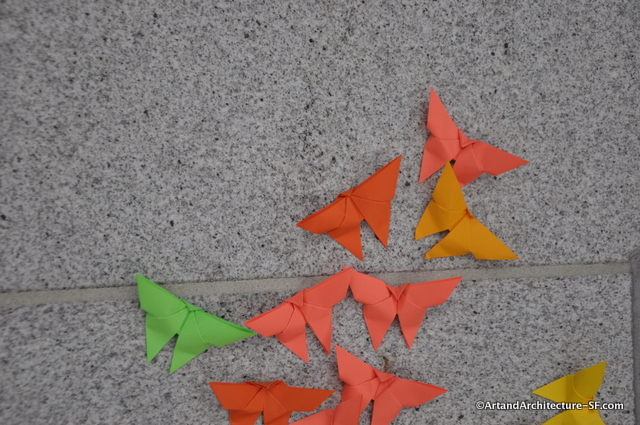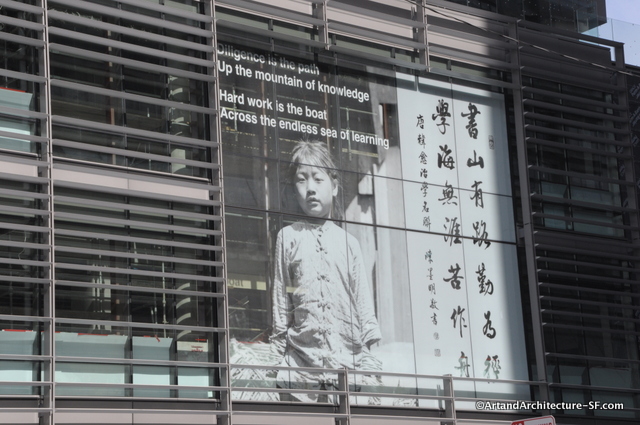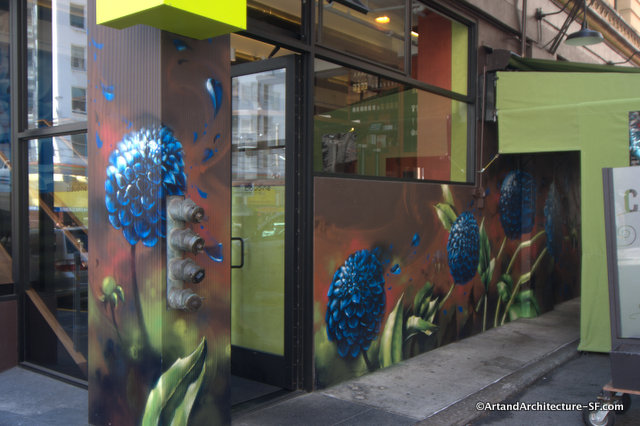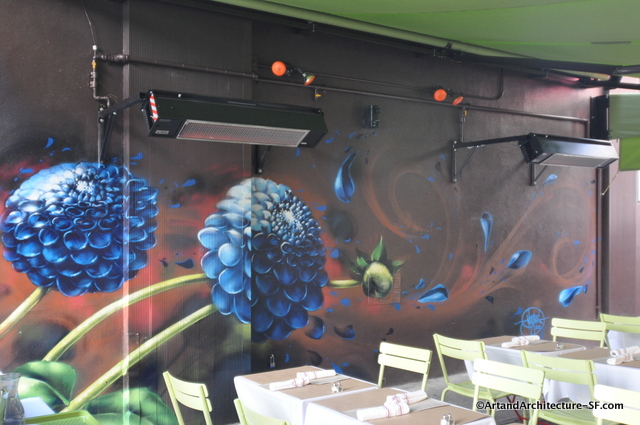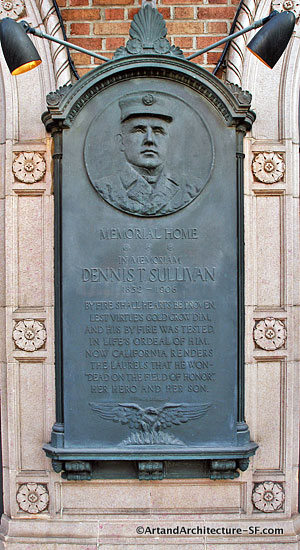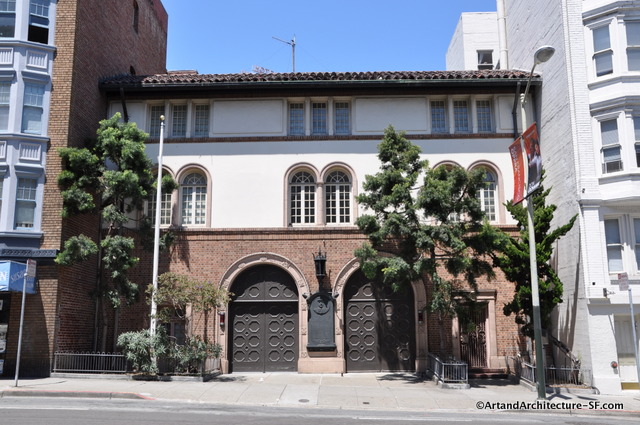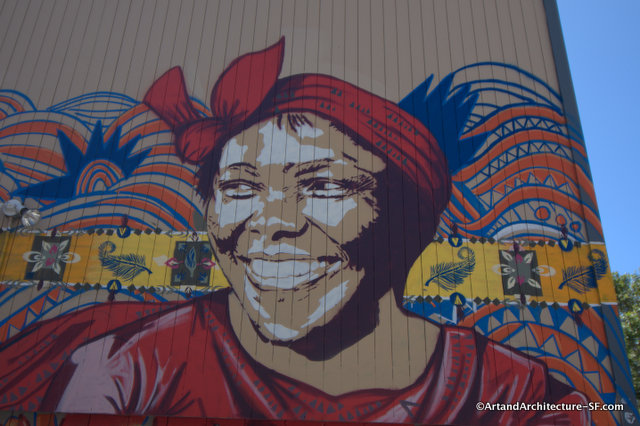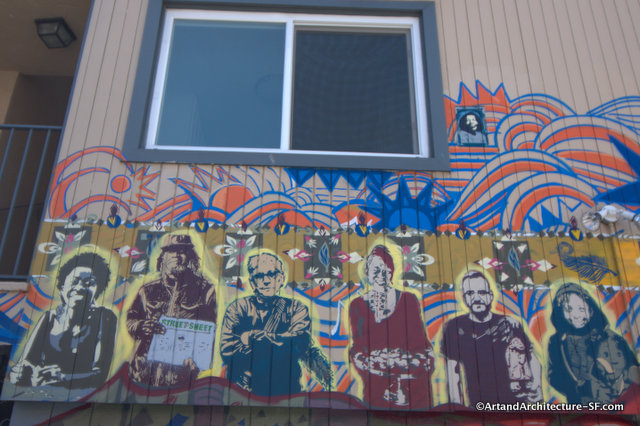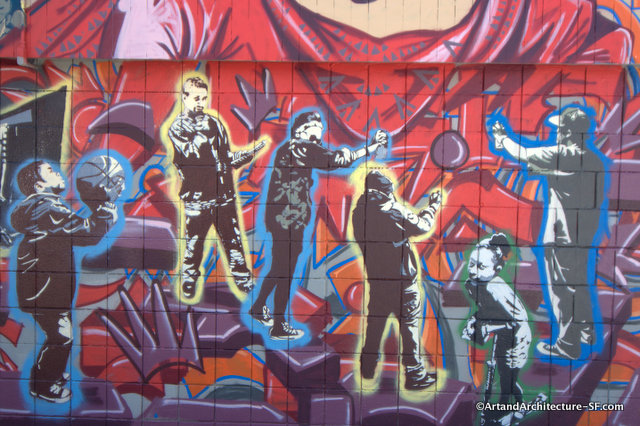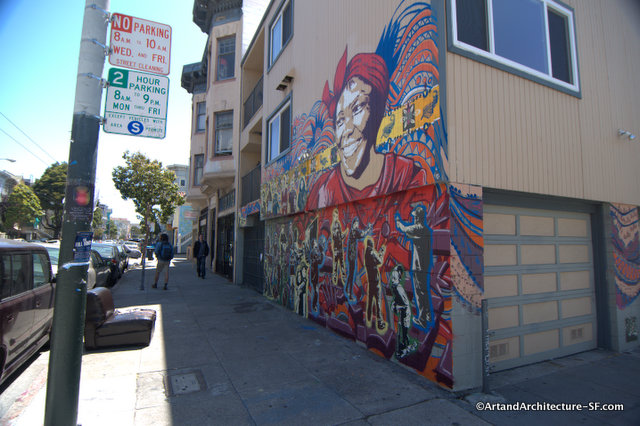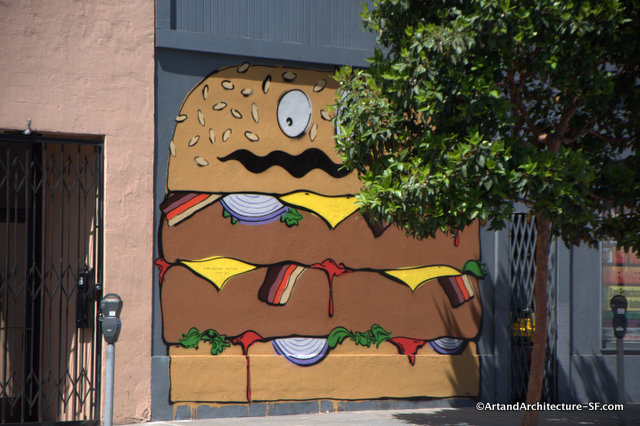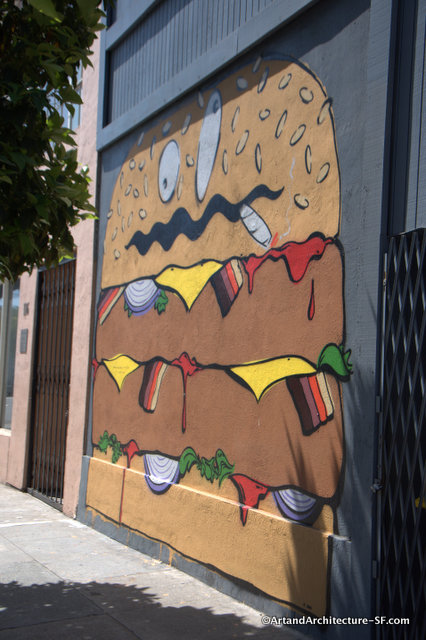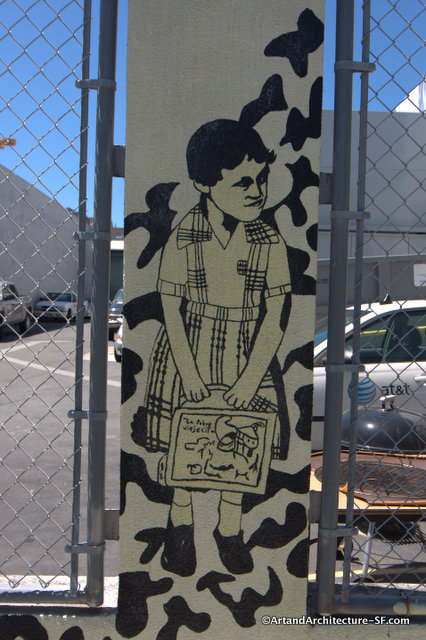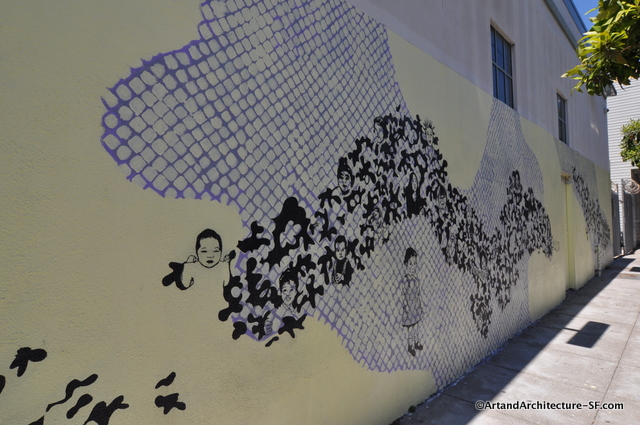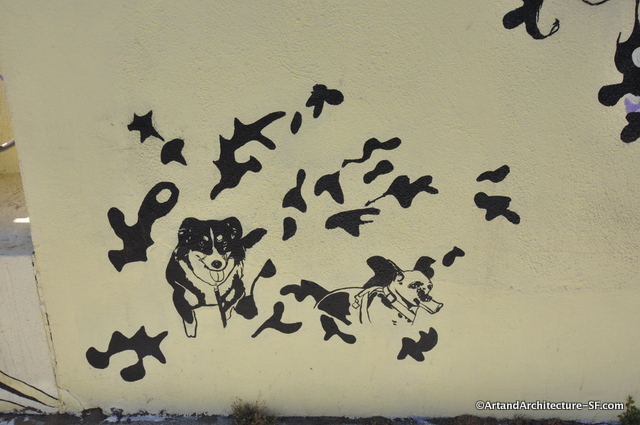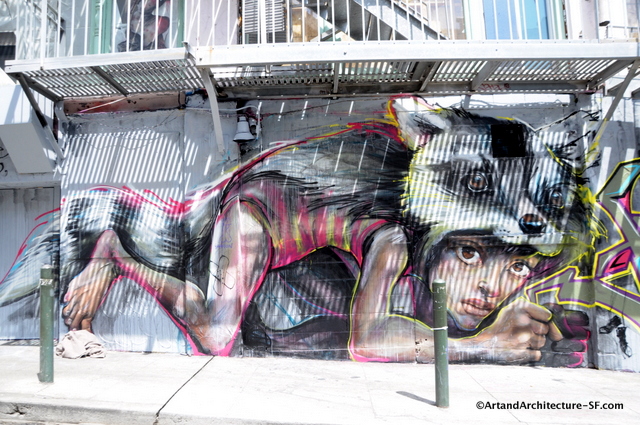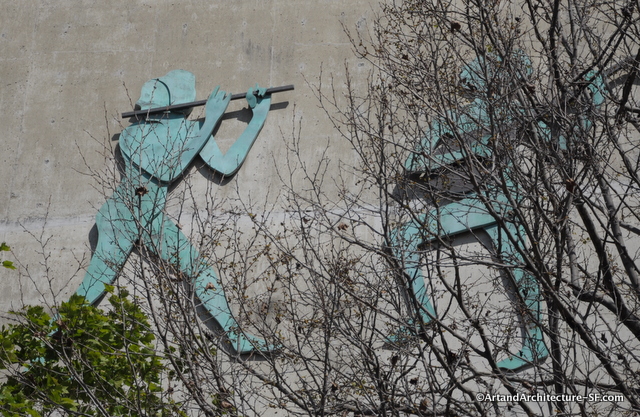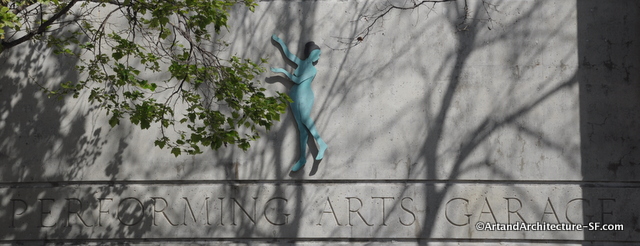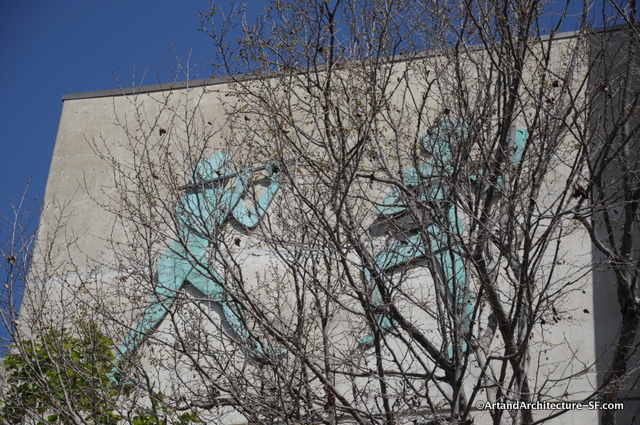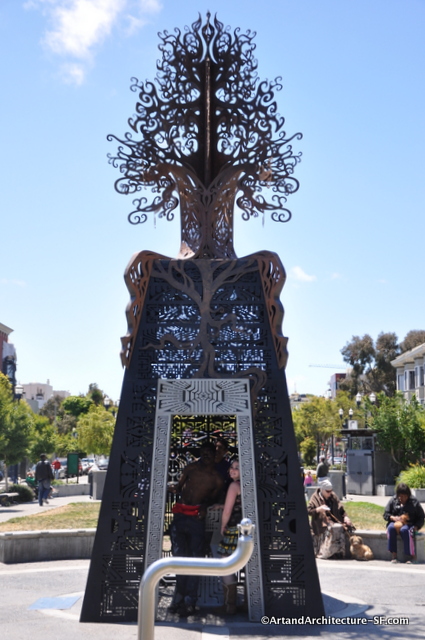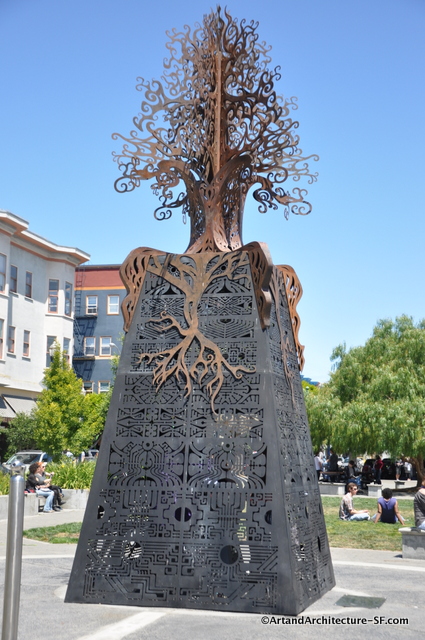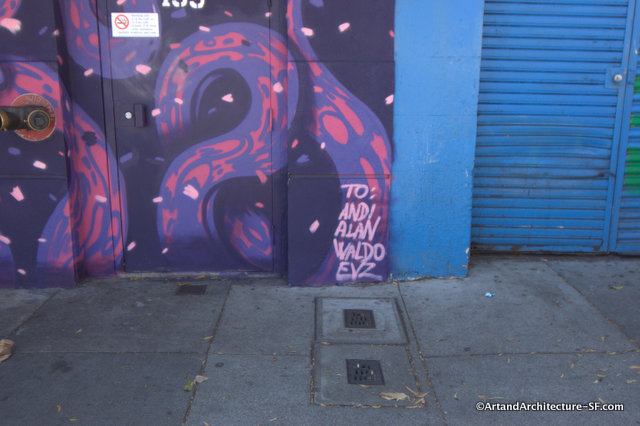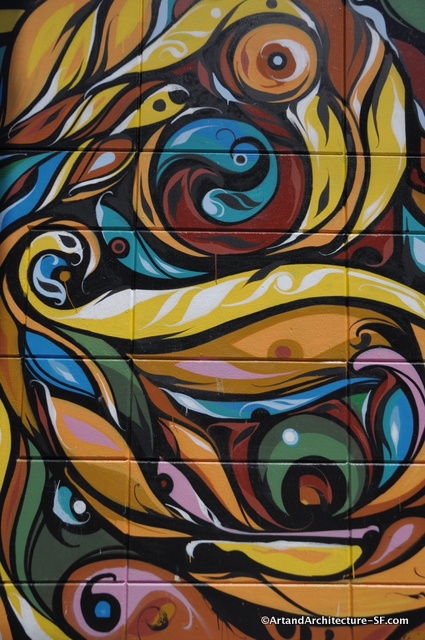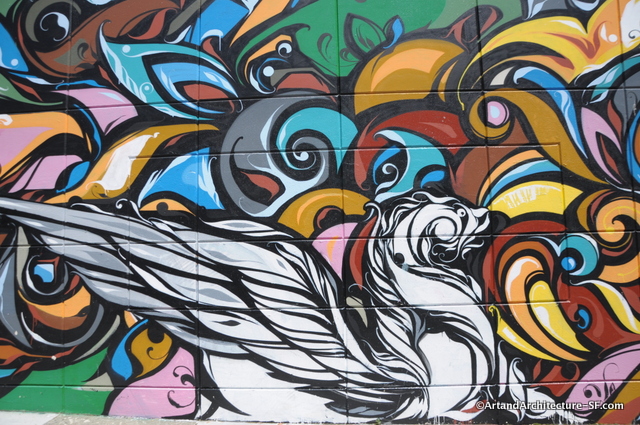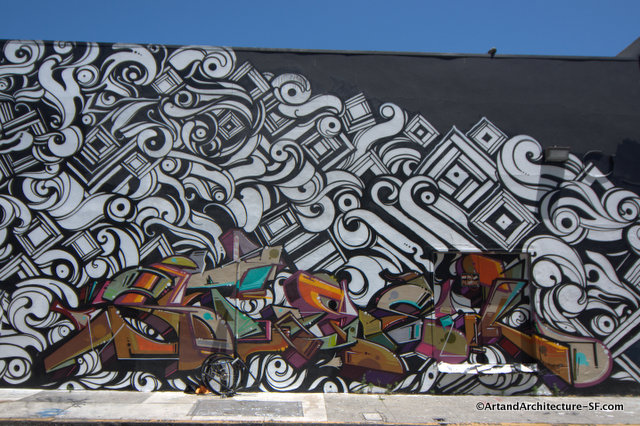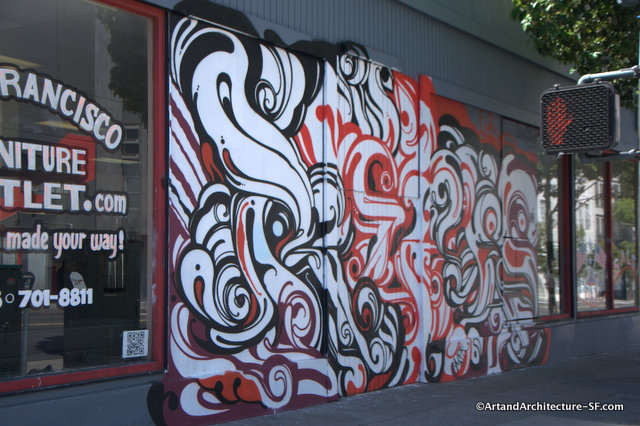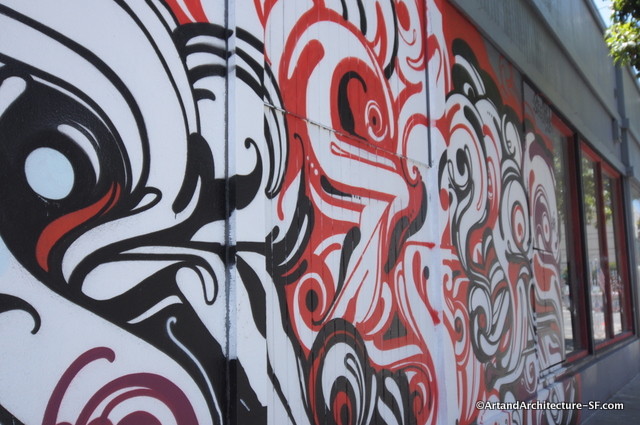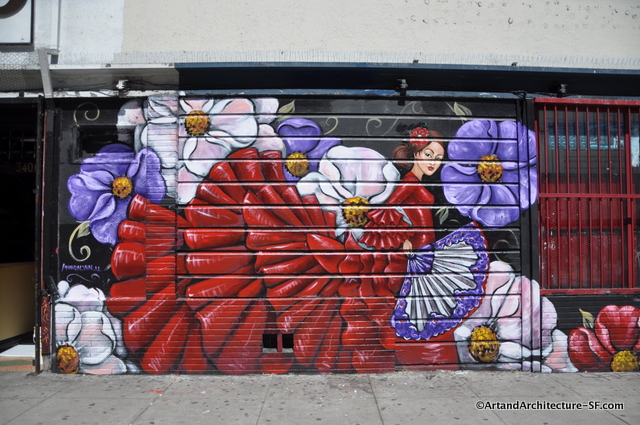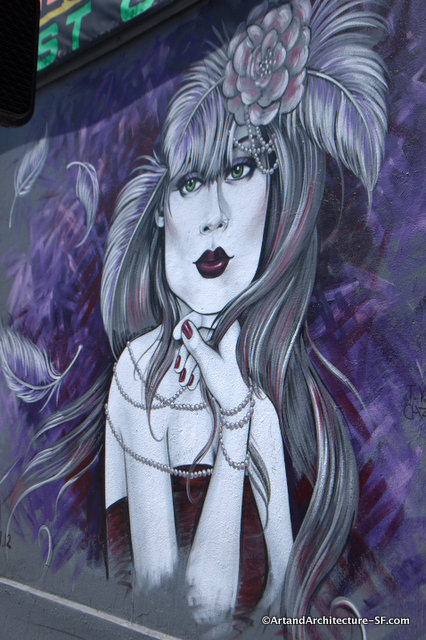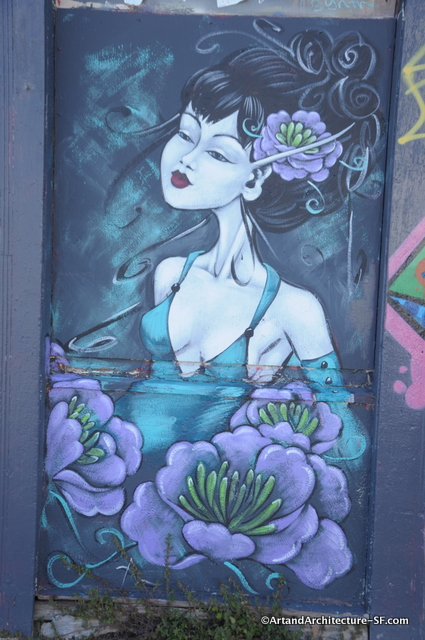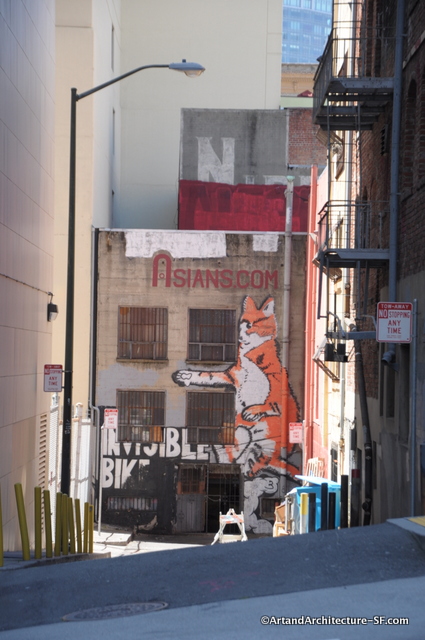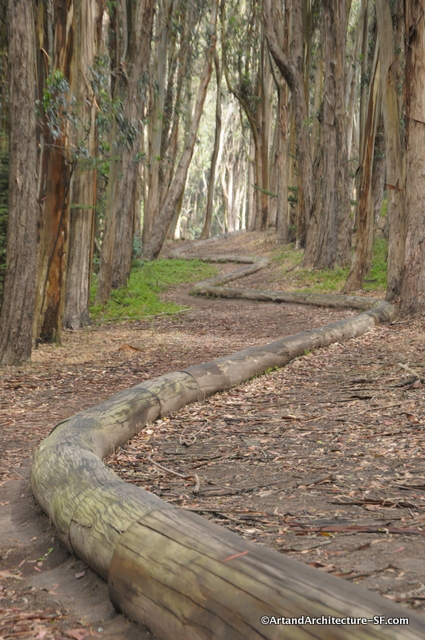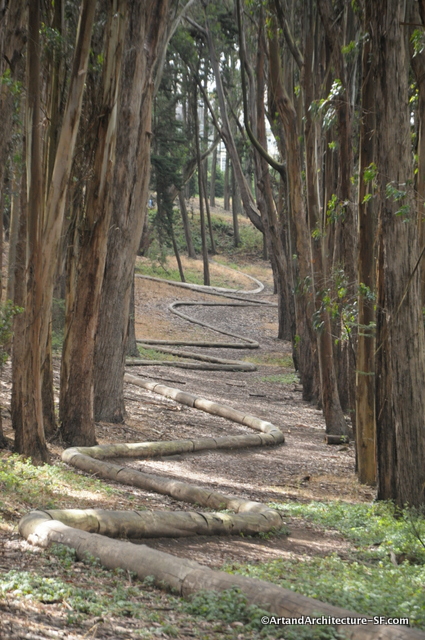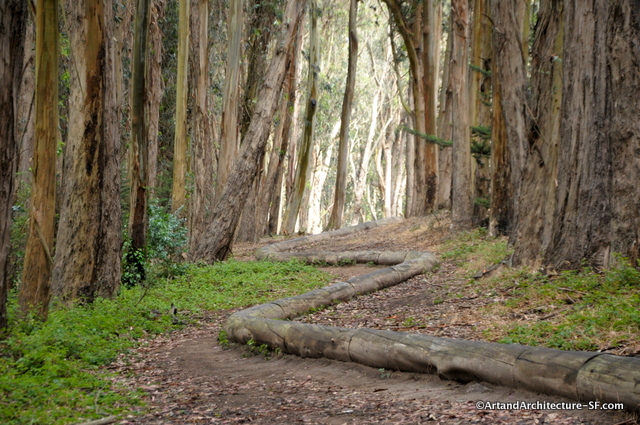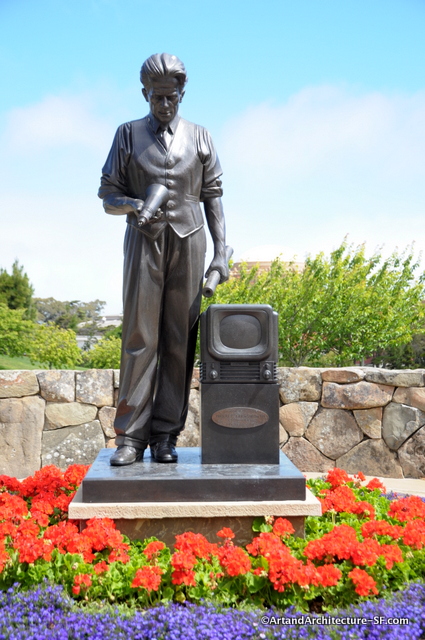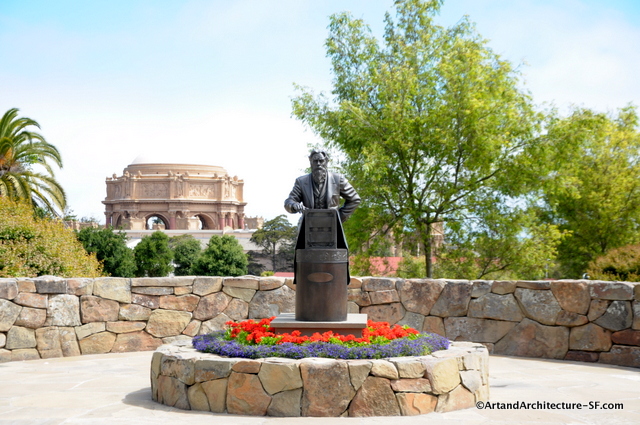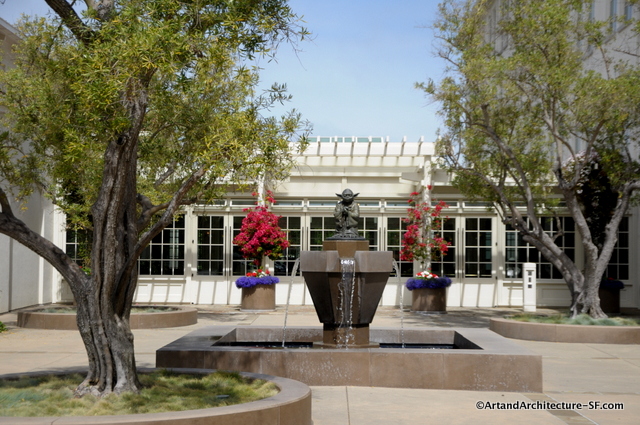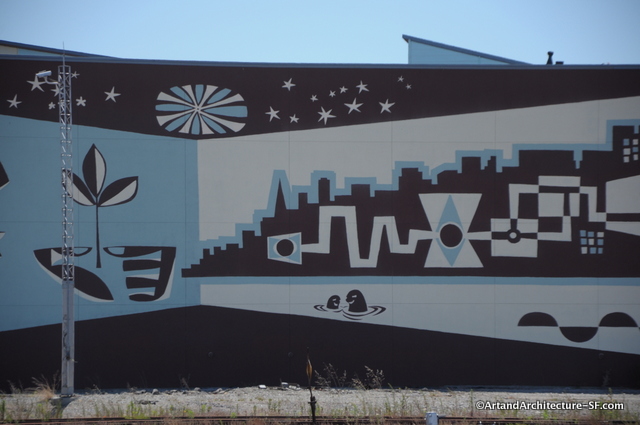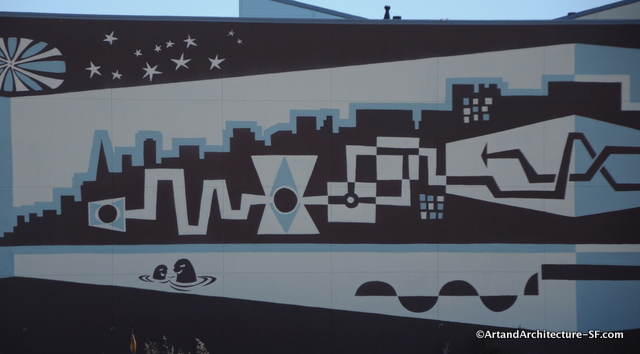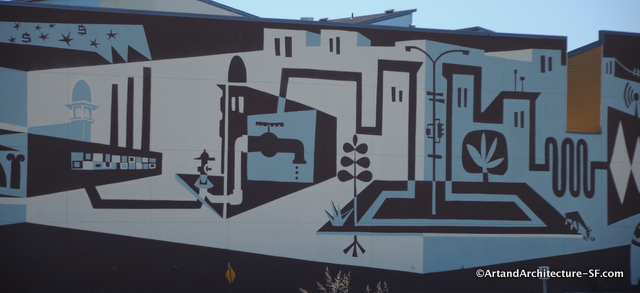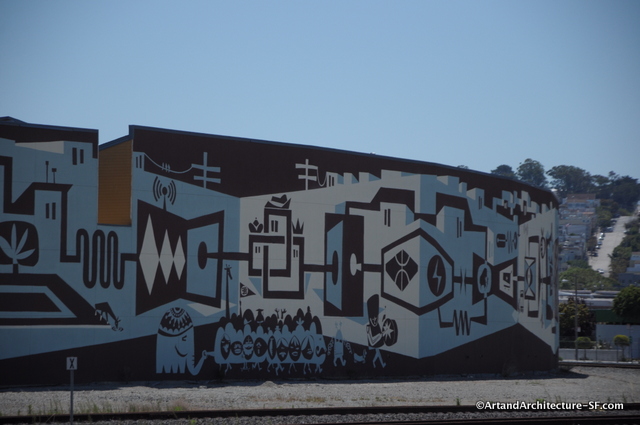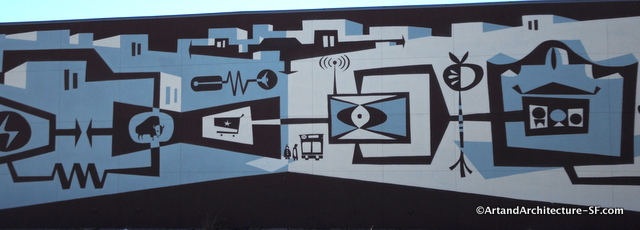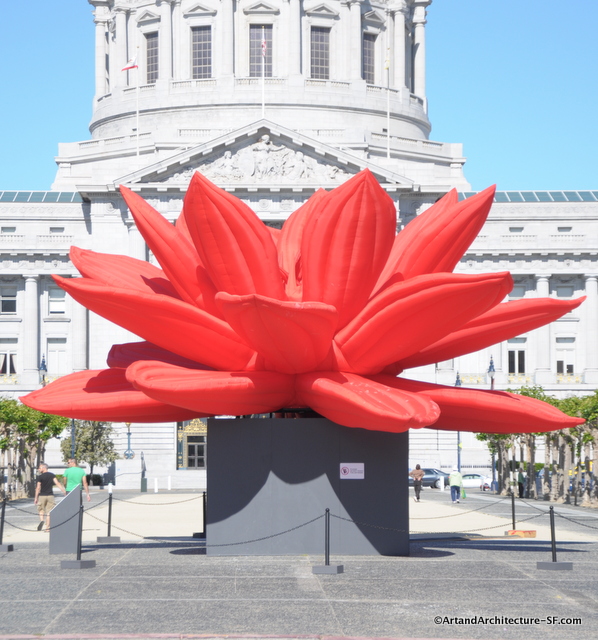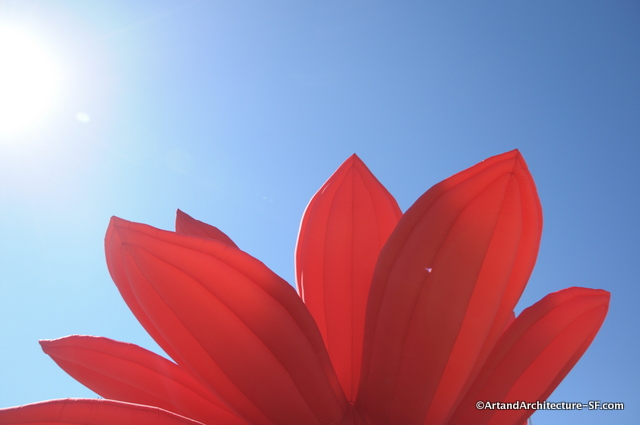Golden Gate Bridge
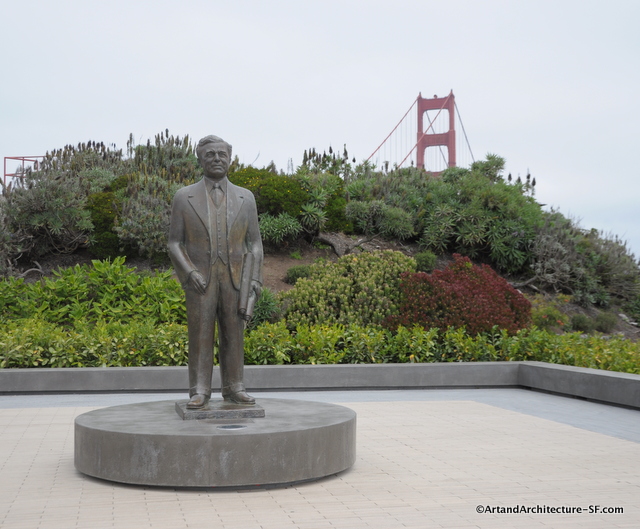
Joseph Strauss (1870-1938) was born in Cincinnati, Ohio, to an artistic family of German origin, having a mother who was a pianist and a father, Raphael Strauss, who was a writer and painter. He graduated from the University of Cincinnati in 1892. Strauss graduated with a degree in economics and business.
He was hospitalized while in college and his hospital room overlooked the John A. Roebling Suspension Bridge. This sparked his interest in bridges. Upon graduating from the University of Cincinnati, Strauss worked at the Office of Ralph Modjeski, a firm which specialized in building bridges. At that time, bascule bridges were built with expensive iron counterweights. He proposed using cheaper concrete counterweights in place of iron. When his ideas were rejected, he left the firm and started his own firm, the Strauss Bascule Bridge Company of Chicago, where he revolutionized the design of bascule bridges.
Strauss was a prolific engineer, constructing some 400 drawbridges across the U.S. He dreamed of building “the biggest thing of its kind that a man could build.” In 1919, San Francisco’s city engineer, Michael O’Shaughnessy, approached Strauss about bridging the Golden Gate, the narrow, turbulent passage where San Francisco Bay meets the Pacific Ocean. Strauss caught fire with the idea, campaigning tirelessly over the next decade to build the bridge. He faced enormous opposition from the “Old Guard” — environmentalists, ferry operators, city administrators, and even the engineering community. Yet in November 1930, a year into the Great Depression, voters at last supported a bond issue for Strauss’ bridge. The ambitious project finally had its green light. On May 27, 1937, the bridge opened to the public. Returning to his other great love, poetry, Strauss composed verse for the occasion, exulting, “At last, the mighty task is done.” It would be the last mighty task of his life. Exhausted, Strauss moved to Arizona to recover. Within a year, he would die of a stroke. – The Bancroft Library, UC Berkeley
Strauss alienated many people in his quest to build the structure — his first suspension bridge. Obsessed with claiming credit as the span’s creator, he minimized the acknowledgement given to Charles Ellis and Leon Moissieff, the two visionaries who actually worked out the significant engineering challenges of building the bridge. Strauss’ detractors blocked the statue of the chief engineer proposed for the bridge plaza; his widow would eventually fund its creation in 1941, inscribing it, “Joseph B. Strauss, 1870-1938, ‘The Man Who Built the Bridge.'”
The sculptor for the statue was Frederick W. Schweigardt. Born in Lorch, Germany on May 3, 1885. Schweigardt studied at the Munich and Stuttgart Academies and with Auguste Rodin in Paris. He immigrated to America in 1930 and the following year settled in San Francisco. He was active in San Diego during the time of the California Pacific Exposition in 1935. He died on Sept. 21, 1948 while visiting in Albany, NY.
The sculpture itself is bronze and stands 7 feet tall, it was done for a commission of $10,000.
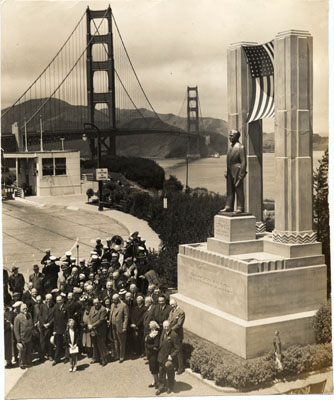
Photo Courtesy of San Francisco Public Library
Newscopy: STATUE TO STRAUSS–Mrs. Annette Strauss today pulled the strings that unveiled a memorial statue of her late husband, Joseph B. Strauss, who designed and built the Golden Gate Bridge. The statue stands at the toll plaza between two pillars overlooking the Golden Gate. It was executed by Frederick W. Schweigardt, San Francisco sculptor.”.
The bridge plaza was remodeled and upgraded for the Golden Gate Bridges 75th Anniversary. There is now a new Bridge Pavilion and new Cable Overlook, (named for an impressive sample of the cable of this suspension bridge). There’s a new main plaza leading out to the relocated statue of Joseph Strauss. Down from the plaza are other view terraces, one of which incorporates part of the c.1902 Lancaster battery structure, a reminder of when this was a military installation. The Bridge Round House (a restaurant until the ’70s) and the 1938 Bridge Cafe were both restored as well.
